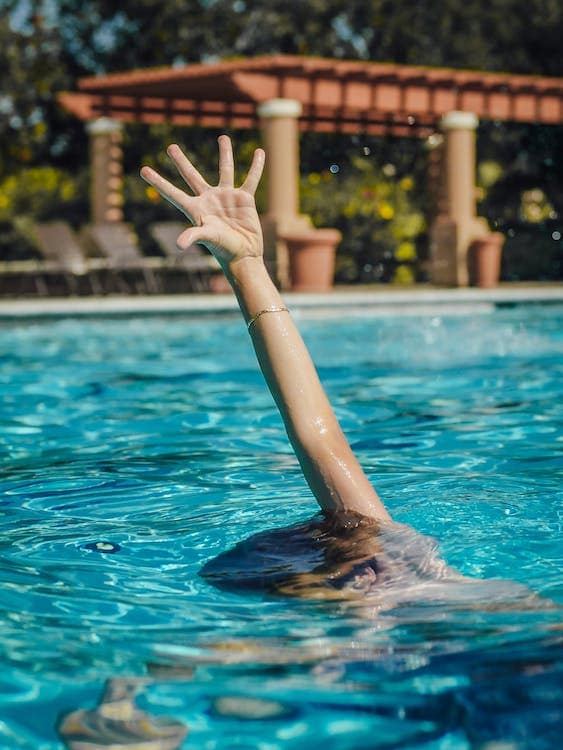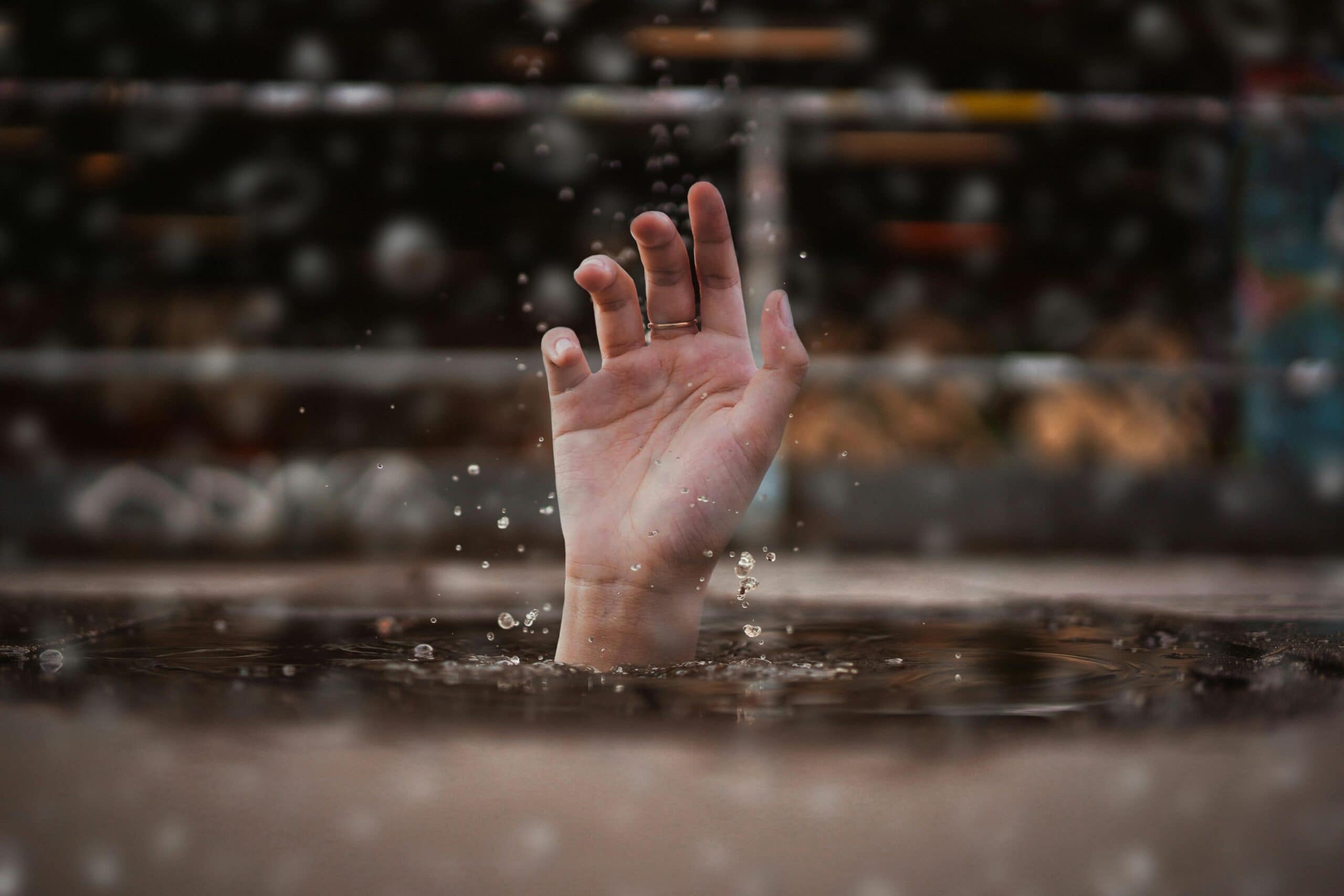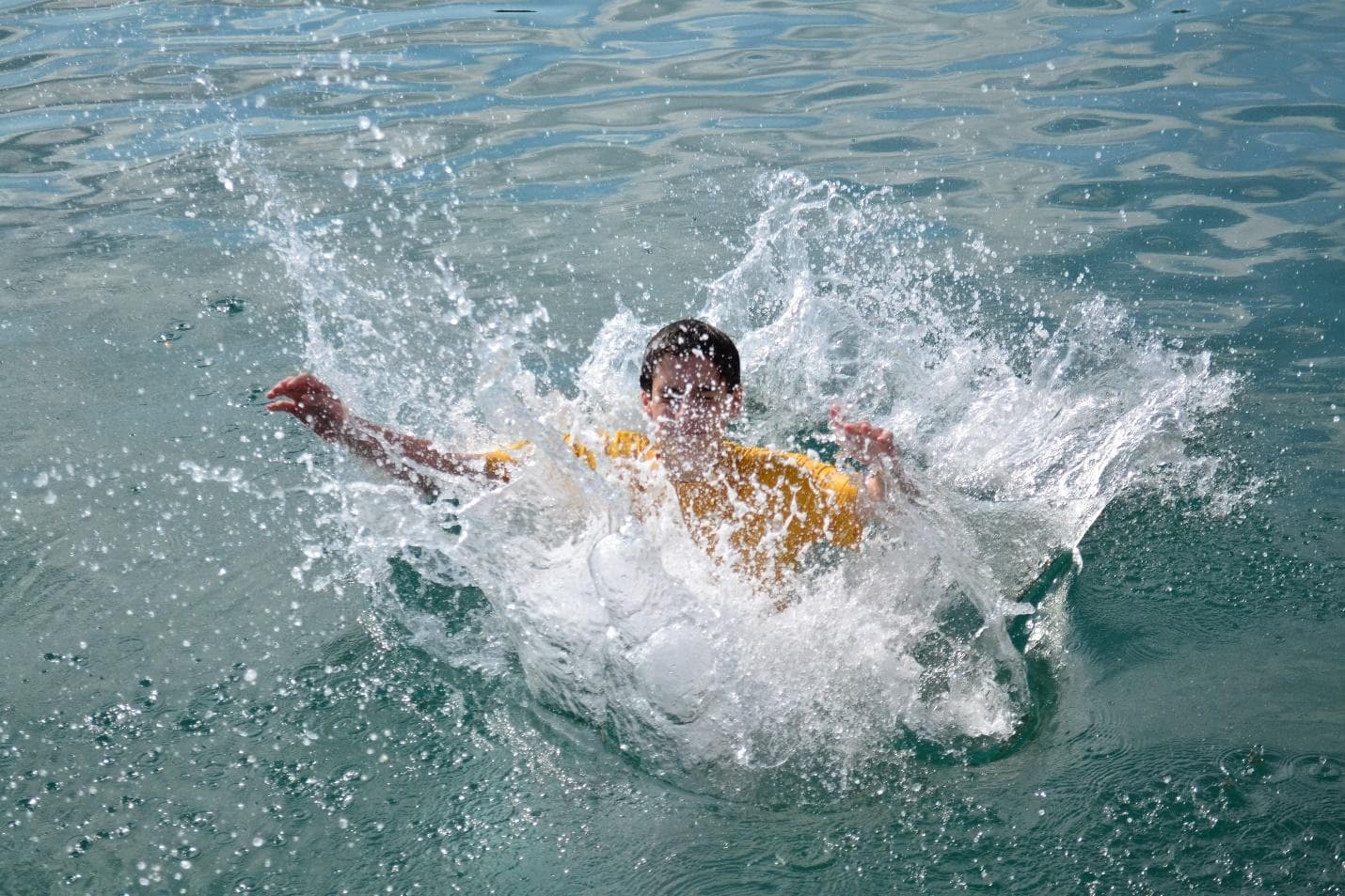Drowning is one of the leading causes of death for children. Children from ages 1-4 are most high in the category, and it often occurs in local swimming pools. Nearly 80% of people who die from drowning are male.
It is due to heavy intake of alcohol or risk-taking behavior. Nearly 40% of the drowning cases treated in emergency rooms require proper hospitalization or are transferred to other care. Drowning causes brain damage and other severe outcomes, such as permanent disability.
Here are the most common injuries caused by drowning accidents.
Most Common Injuries Caused by Drowning Accidents
Drowning causes respiratory and cardiac arrest from hypoxemia, while survivors can sustain pulmonary, neurologic, cardiovascular, and other injuries.
General Mechanism
When someone drowns, they experience an initial wave of fear, followed by a loss of their usual breathing patterns, breath holding, an air hunger, and a battle to remain above the water. Reflexive attempts to breathe eventually result in water aspiration, which causes coughing because water constricts the lower respiratory tract, causing hypoxemia, unconsciousness, and apnea within minutes.
Instead of ventricular dysrhythmia, bradycardia and pulseless electrical activity occur before cardiac arrest, which is caused by hypoxemia.
Pulmonary
Fresh and saltwater can cause lung injury, destroy surfactants, disrupt the alveolar-capillary membrane, and increase permeability. It can develop instantly. Although pulmonary symptoms may appear at any point in the first eight hours following a drowning incident, they are unlikely to persist after some time.
Neurologic
Hypoxic-ischemic injury causes brain impairment in around 20% of drowning patients who do not die, usually due to hypoxemia and hypoperfusion after cardiac arrest.
Cardiovascular
Hypoxia and hypothermia after drowning have a damaging effect on the cardiovascular system. Due to a “cold diuresis,” a patient with hypothermia may have substantial hypovolemia and hypotension. Blood is pushed to core organs during the early vasoconstriction phase, central volume receptors detect fluid overload, and antidiuretic hormone synthesis declines, increasing urine output.
In the aftermath of a tragic accident, it can be difficult to focus on the legal aspects of the case. A drowning accident lawyer will provide emotional support and constant guidance and advice throughout the legal process.
Hire a Drowning Case Lawyer
Decide on which lawyer to hire and sign a retainer agreement. Work with your lawyer to gather evidence, file paperwork, and take other necessary legal actions. It’s important to remember that retaining a lawyer as soon as possible can help preserve evidence and raise your chances of a successful outcome.
If you have lost someone due to wrongful death or have been a drowning accident victim, you may be eligible for compensation from any parties involved in your loved one’s death. You should contact the knowledgeable accident lawyers at the Bourassa Law Group as soon as possible after a Nevada swimming pool accident. They can help you establish responsibility for the damages.
Call us at (800)870-8910 for a free consultation!





